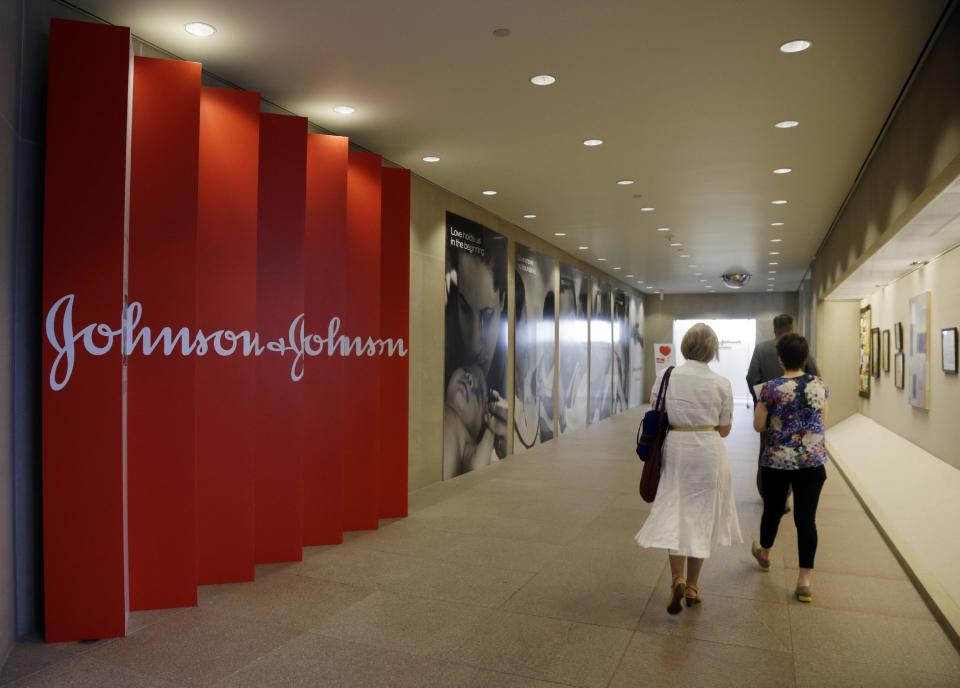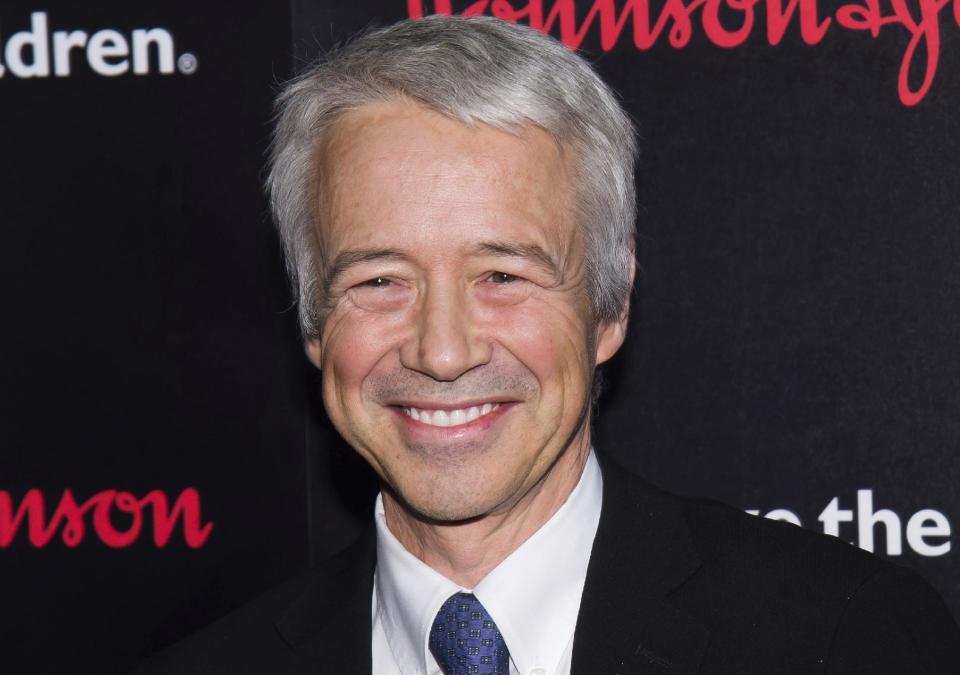Correction: Drug Prices-Johnson & Johnson story
In a story Jan. 10 about Johnson & Johnson's plans to disclose some information on its prescription drug price increases, The Associated Press reported erroneously the use of the company's drug Xarelto. It is used to prevent strokes, not heart attacks.
A corrected version of the story is below:
Johnson & Johnson to reveal average drug price increases
Health care giant Johnson & Johnson says it will soon disclose average increases in the list price of its prescription drugs and what middlemen actually pay amid national uproar over soaring drug prices
By LINDA A. JOHNSON
AP Medical Writer
Johnson & Johnson plans next month to disclose average price increases of its prescription drugs, as the industry tries to calm the storm over soaring prices.
The health care giant will divulge its 2016 average increases in list price and net price, or what middlemen such as insurers and distributors pay J&J after discounts and rebates.
Analysts say that will help J&J's image more than patients initially, but could push other drugmakers to tame future price increases and be more transparent.
"We hope that can create a better understanding of the industry and ... ultimately improve patient access to medicines," Joaquin Duato, head of J&J's prescription drug business, said in an interview Tuesday.
With annual price tags topping $100,000 for many new drugs for cancer and rare diseases, some patients have been unable to afford their medicines. Huge price hikes on old products with little competition, like Mylan's EpiPen emergency allergy injectors, also have left some patients scrambling.
High and rising prices have also infuriated doctors, insurance companies and politicians, and triggered government probes into the industry's practices. The government has no power now to regulate prices, but the industry appears to be starting to move to deflect further scrutiny and avoid price controls.
Last summer, Allergan Plc announced a "social contract" under which the maker of Botox is limiting list price increases to a single annual increase of less than 10 percent while expanding financial aid for patients. Diabetes drug maker Novo Nordisk also pledged to keep increases below 10 percent.
While that's well above inflation, many drugmakers have long raised prices two or three times annually by 10 percent or more, and some boosted prices threefold or more for products with no competition.
Next month J&J will issue its first annual report listing the average list and net price increases — but not the figures for individual drugs, as the discounts it gives middlemen are competitive information.
Erik Gordon, a professor and pharmaceuticals analyst at University of Michigan's Ross School of Business, called it "opaqueness masquerading as transparency."
"They let you look not so bad by camouflaging your big price increases for drugs where you face little competition behind the small increases for drugs where you face strong competition," he said.
Many drug companies and their industry trade groups have been trying to shift public debate away from high prices to the value medicines provide.
J&J's move could change that focus. Besides J&J being the world's biggest health care products maker, Duato on Monday became chairman of the Pharmaceutical Research and Manufacturers of America, a lobbying group.
"It would certainly be a good thing for patients if J&J can influence other companies who are taking higher increases to reduce them," said Edward Jones analyst Ashtyn Evans. "We think the industry in general will self-police."
Releasing the averages is "a start" and drugmakers should realize "it would be foolish" not to follow J&J's lead, said analyst Steve Brozak, owner of WBB Securities.
J&J, the maker of immune disorder treatment Remicade and Xarelto for preventing strokes, will also disclose what it spends on patient assistance, marketing versus research and payments to physician consultants.
Duato said he doesn't see any impact on revenue and income because J&J has limited list price increases to below 10 percent for several years. About 70 percent of recent revenue growth came from selling more medicines, including a dozen approved since 2011, he said.
Last year J&J hiked prices about 9.9 percent for more than half its medicines, according to drug price data compiled by Elsevier.
The company hasn't taken its customary January increase yet, but Duato said prices will be increased this year.
___
Follow Linda A. Johnson at www.twitter.com/LindaJ_onPharma


